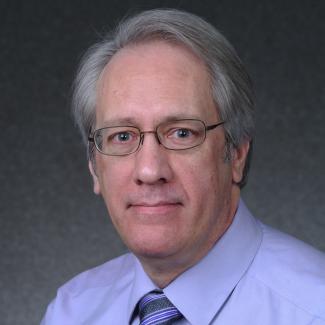
Office: North Classroom 3107C
Martin E. Huber received his B.S. degree in Physics from the Massachusetts Institute of Technology in 1982. He received his M.S. (1986) and Ph.D. (1988) degrees, also in Physics, from Stanford University. For his dissertation, Martin used superconducting techniques to search for cosmic ray magnetic monopoles, an early candidate for the missing mass, or dark matter, in the universe. Looking for a more practical application of superconductivity, Dr. Huber came to Colorado in 1988 to study Superconducting Quantum Interference Devices (SQUIDs) at the Boulder laboratories of the National Institute of Standards and Technology (NIST) as an NIST/NRC Postdoctoral Research Associate. He has been on the faculty at the University of Colorado Denver since 1991 and is presently Professor of Physics and Director of the Master of Integrated Sciences program.
Dr. Huber collaborates closely with colleagues at NIST, Stanford, and the Weizmann Institute of Science (Israel) in a range of applications involving SQUIDs as sensors and amplifiers. His work has been funded by NIST, the Office of Naval Research, and the National Science Foundation (NSF). He is a Fulbright Senior Scholar and a member of Phi Beta Kappa, Sigma Xi, the American Physical Society, and the Institute of Electrical and Electronics Engineers. He has served as a reviewer for NSF, Superconducting Science and Technology, and other professional journals. He was a technical consultant for the short film “The Maze”.
Dr. Huber has extensive experience with SQUID design, fabrication, and characterization. He is a co-inventor of a patented technology for damping SQUID resonances to improve SQUID operation, and has successfully applied this technology to SQUID series array amplifiers. His current research program ranges from particle astrophysics (Cryogenic Dark Matter Search collaboration) to nanomagnetism.
On the lighter side, Martin is an avid fan of science fiction, lapidary, and photography.
